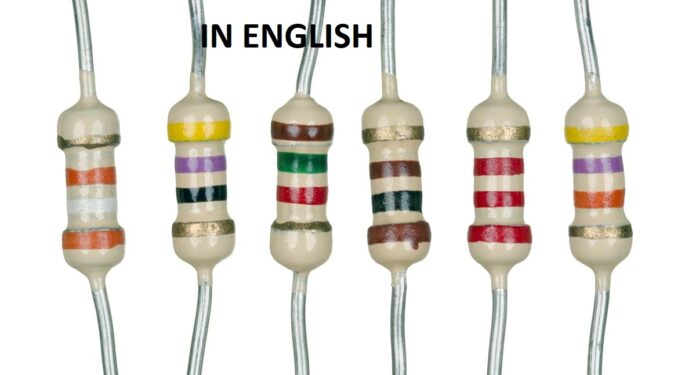basic electronic components
basic electronic componentsis composed of various components that can be broadly classified into active components and passive components. These components play a vital role in controlling, amplifying, converting, or regulating electrical signals within a circuit.

Active Components
Active components are those that are capable of supplying energy to the circuit or controlling the flow of current. These components require an external power source (such as a DC supply) to function and are typically used for signal amplification, switching, and processing. Key active components include the following:
- Vacuum Tube (Valve):
In the early days of electronics, vacuum tubes were used extensively. These are electron tubes where electrons emitted by a heated cathode move toward an anode. Vacuum tubes were used for amplification, oscillation, and switching. However, they have now been largely replaced by transistors. - Transistor:
A transistor is a semiconductor device used for amplification and switching. The main types are Bipolar Junction Transistors (BJT) and Field Effect Transistors (FET). Transistors are widely used in radios, computers, mobile phones, and almost all modern electronic devices. - Diode:
A diode is a two-terminal semiconductor device that allows current to flow in only one direction. It is commonly used in rectifiers, clippers, clampers, and logic circuits. - Field Effect Transistor (FET):
FET is a voltage-controlled transistor with high input impedance, making it ideal for use in sensitive electronic circuits. It controls current through an electric field and is known for low power consumption. - Silicon Controlled Rectifier (SCR):
SCR is a four-layer semiconductor device used for controlling high power and switching applications. It is triggered through a gate terminal and is commonly used in motor control, battery chargers, and light dimmers. - Diac and Triac:
These are bidirectional semiconductor devices used mainly in AC circuits. Diacs conduct current only after a certain voltage threshold is crossed, and Triacs act like bidirectional SCRs. They are widely used in fan speed regulators, light dimmers, and other power control devices.
Active components must be supplied with their specified (rated) voltage and current to function correctly. If these parameters are not met, the components may malfunction or get damaged.
Passive Components
Passive components do not produce energy but instead store, control, or dissipate it within the circuit. Their main function is to manage current and voltage in the desired way. Key passive components include:
- Resistor:
A resistor opposes the flow of electric current and is measured in ohms (Ω). It is used for voltage drop, current limiting, and heat dissipation. Resistors are fundamental in every electronic circuit. - Inductor:
An inductor stores energy in the form of a magnetic field and resists changes in current. It is used in filters, transformers, and tuning circuits, especially in radio-frequency applications. - Capacitor:
A capacitor stores electrical energy in the form of an electric field and resists changes in voltage. It is used for filtering, timing, coupling, and decoupling applications in circuits.
Interaction Between Active and Passive Components
The proper combination of active and passive components is essential for the effective operation of any circuit. Passive components like resistors, capacitors, and inductors help regulate the voltage and current delivered to active components. They also shape signals, filter unwanted frequencies, and enable precise timing and control.
For example, resistors are used to control the base current of a transistor, capacitors help remove noise or stabilize voltage, and inductors are used in oscillators or energy storage in switching power supplies.
Conclusion
Electronic components are the building blocks of all electronic devices. While active components bring functionality and control to the circuit, passive components provide stability and regulation. The efficient design and application of these components ensure the performance, safety, and durability of electronic systems.
In today’s world, where electronics are embedded in almost every field — from communication and healthcare to transportation and home appliances — understanding electronic components is not only valuable but essential.







